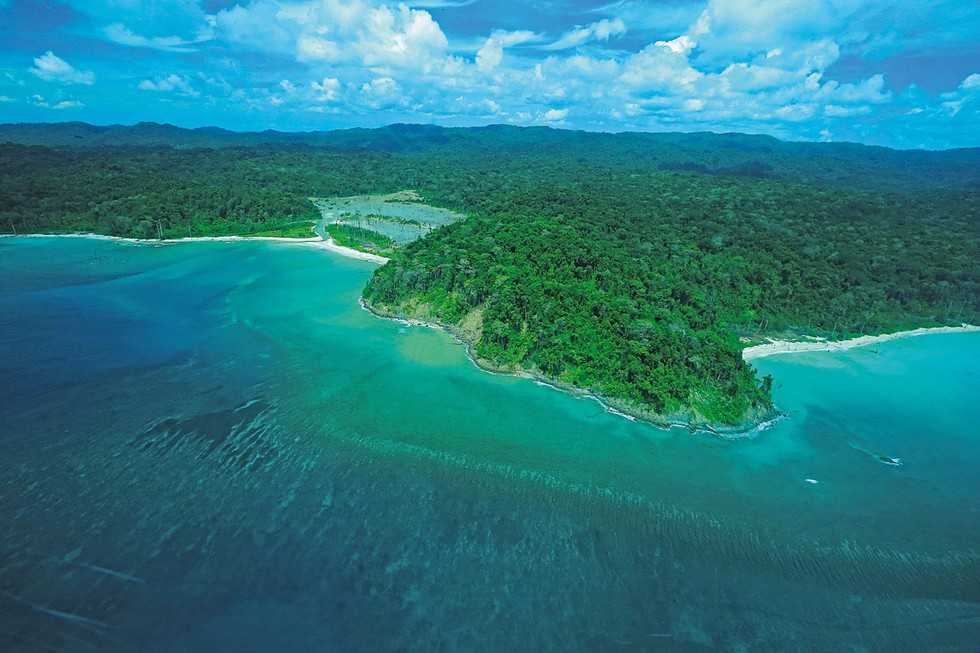About Great Nicobar Island:
- It is the southernmost island of the Nicobar Islands
- It is separated from the Andaman Islands by the Ten Degree Channel.
- It covers an area of 1044 sq.km.
- It remains sparsely populated, with dense tropical rainforests covering more than 85% of its area.
- Its coastline features over 100 kilometers of untouched beaches, renowned for their stunning coral reefs and crystal-clear waters.
- It is also home to Indira Point, India's southernmost point, located less than 150 km from Indonesia.
- Mount Thullier, which is about 2,105 ft high, is the highest peak.
- Galathea, Alexandra, and Dagmar are the major rivers.
- The major tribes in Great Nicobar Island are the Shompens and the Nicobarese.
- It is home to the Great Nicobar Biosphere Reserve, a UNESCO-designated site.
- Biodiversity:
- It houses 650 species of angiosperms, ferns, gymnosperms, bryophytes, and lichens, among others.
- The tract is rich in plant diversity and fosters a number of rare and endemic species, including Cyathea albosetacea (tree fern) and Phalaenopsis speciosa (orchid).
- The region also harbours a large number of endemic and endangered species of fauna.
- To date, 11 species of mammals, 32 species of birds, 7 species of reptiles and 4 species of amphibians have been found to be endemic.
- Of these, the well-known Crab-eating Macaque, Nicobar Tree Shrew, Dugong, Nicobar Megapode, Serpent Eagle, saltwater crocodile, marine turtles and Reticulated Python are endemic and/or endangered.
